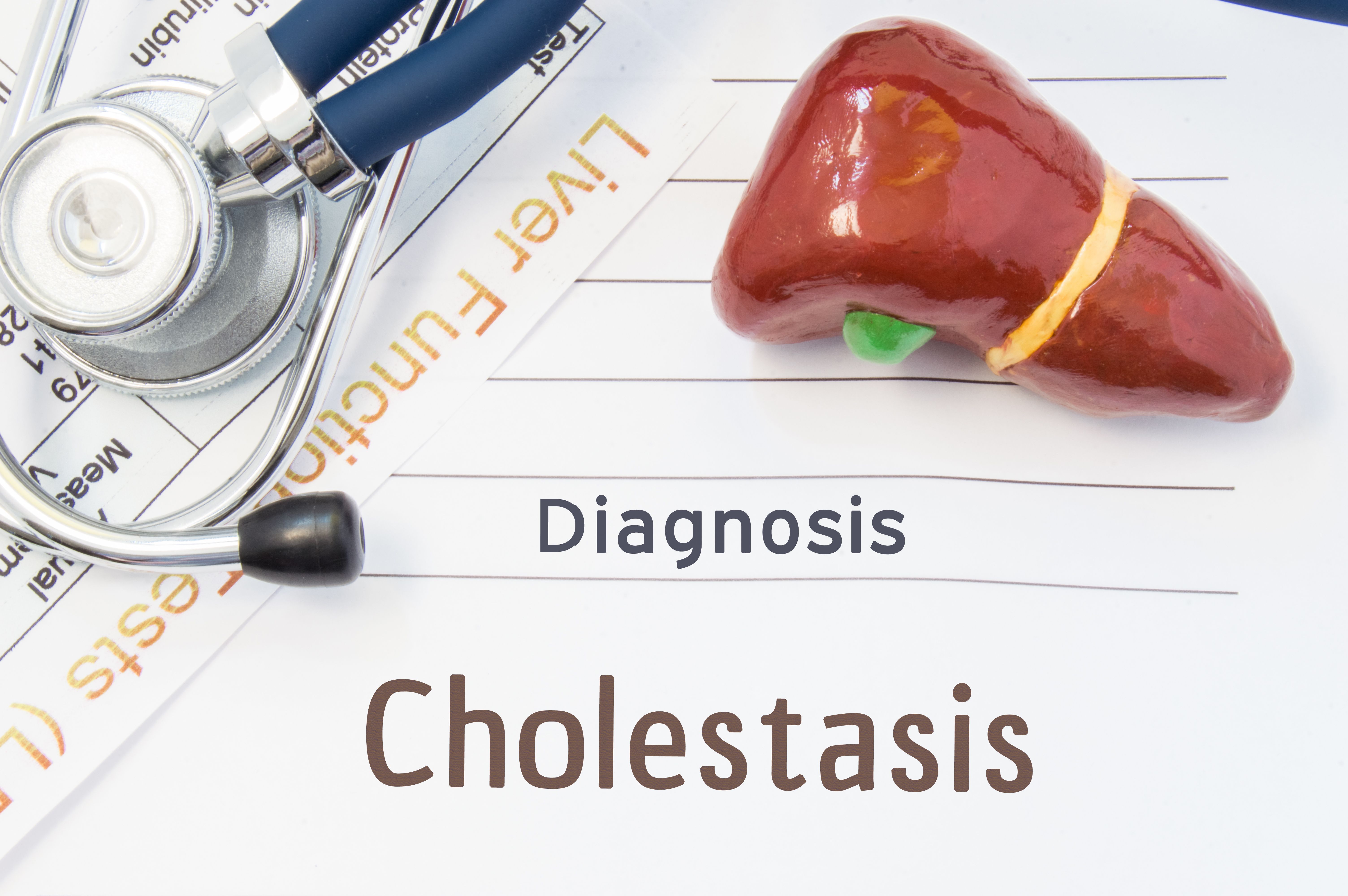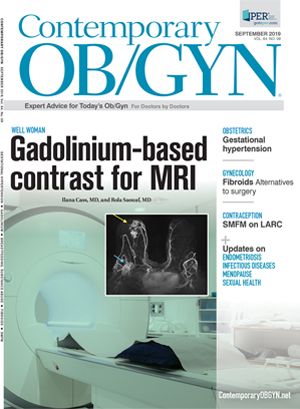Does drug treatment work for obstetric cholestasis?
Results of a new study by investigators in UK call into question whether ursodeoxycholic acid should be used to treat pregnant women with intrahepatic cholestasis.
©shidlovski - stock.adobe.com

Ursodeoxycholic acid is a common treatment for hepatobiliary disorders and it has been used to treat pregnant women with intrahepatic cholestasis. Results of a new study by investigators in UK call into question the wisdom of that approach in obstetrics.
Published in The Lancet, the findings are from a double-blind, multicenter, randomized, placebo-controlled trial conducted at 33 hospital maternity units in England and Wales. Women aged 18 or older at 20 to 40 weeks, 6 days gestation with a singleton or twin pregnancy, and no known lethal fetal anomaly who had intrahepatic cholestasis were recruited. Diagnostic criteria for the liver disorder were based on guidelines from the Royal College of Obstetricians and Gynaecologists and all women had increased bile acid concentrations.
Randomization was to ursodeoxycholic acid or placebo, given as two oral tablets daily at an equivalent dose of 500 mg twice a day. At the clinician’s discretion, the dosage could be adjusted, to a maximum of four tablets and a minimum of one tablet daily. A recommendation was made to the clinicians to continue the treatment from enrollment until delivery. In both groups, two-thirds of participants took a maximum of one tablet twice daily.
The primary outcome was a compositive of perinatal death (in utero fetal death after randomization or known neonatal death up to 7 days after delivery), preterm delivery (< 37 weeks’ gestation), or neonatal unit admission for at least 4 hours. Secondary maternal outcomes were maternal serum concentrations of bile acids, alanine transaminase (or aspartate transaminase), total bilirubin, γ-glutamyl transferase, and maternal itch score.
Six hundred and five women were included in the study, with 304 women and 322 infants in the treatment group and 300 women and 318 infants in the placebo group. There was no difference in the neonatal primary composite outcome occurring in 23% of the infants in the treatment group, versus 27% of the infants in the placebo group.
Looking at maternal outcomes, the maternal itch scores were significantly lower in the women in the treatment group than in the placebo group (mean difference -5.7 mm [95% CI -9.7 to -1.7] P= 0.0054). Although In both groups, concentrations of bile acid and alanine transaminase fell, the decrease was significantly less in the treatment group compared to the placebo group (95% CI 1.02 to 1.36; P= 0.030). In contrast, a significant decrease in alanine transaminase concentration was seen in the treatment group versus the placebo group (95% CI 0.66 to 0.83; P< 0.0001).
Although the authors concluded that “although ursodeoxycholic acid appeared to be safe, it had no clinically meaningful effect on maternal itch symptoms”, the itch symptoms did significantly drop in the women treated with ursodeoxycholic acid. It is not clear how the authors determined this was not clinically significant and for women with cholestasis of pregnancy, itching is their main complaint.. They noted that because their study included women with pruritus and abnormal bile acid concentrations, the results reflected “real-world” effectiveness of the intervention.

S1E4: Dr. Kristina Adams-Waldorf: Pandemics, pathogens and perseverance
July 16th 2020This episode of Pap Talk by Contemporary OB/GYN features an interview with Dr. Kristina Adams-Waldorf, Professor in the Department of Obstetrics and Gynecology and Adjunct Professor in Global Health at the University of Washington (UW) School of Medicine in Seattle.
Listen
Similar delivery times between misoprostol dosages among obese patients reported
May 29th 2024A recent study found that obese patients undergoing induction of labor experienced similar delivery times regardless of whether they received 50 μg or 25 μg of vaginal misoprostol, though multiparous patients showed faster delivery with the higher dosage.
Read More
Buprenorphine use in pregnancy linked to decreased fetal breathing movements
May 18th 2024According to a poster presented at ACOG 2024, use of the synthetic opioid buprenorphine depressed fetal breathing in biophysical profile assessments, but had no significant impact on other factors like amniotic fluid index or fetal tone.
Read More
